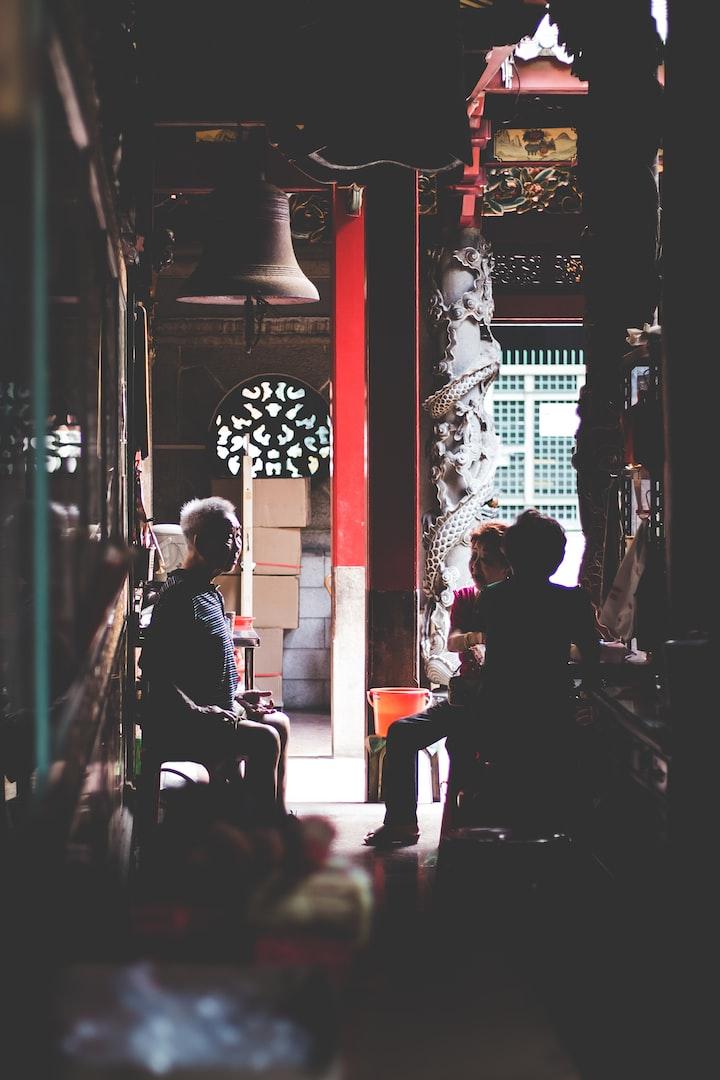There are four main stages of healing: hemostasis, inflammation, repair and regeneration. Hemostasis is the first stage, during which blood clotting occurs to stop the bleeding. Inflammation then starts to clean up the area and prevent further damage. Repair begins once the area is clean and free from bacteria; this is when new tissue starts to grow. Finally, regeneration occurs as new cells are produced to replace old or damaged ones.
Hemostasis Stage. The easiest way to recognize your body has started the hemostasis stage is that the blood will begin to clot
When your body is injured, it immediately begins working to stop the bleeding and repair the damage. This process is known as hemostasis and it is comprised of four distinct stages: 1) vasoconstriction; 2) platelet plug formation; 3) clotting (coagulation); and 4) fibrinolysis.
Vasoconstriction is the first stage of hemostasis and occurs when damaged blood vessels constrict or narrow. This helps to reduce blood loss by decreasing blood flow to the injury site. Platelet plug formation is the second stage of hemostasis and occurs when platelets (tiny cells that help with clotting) adhere to each other and to the damaged vessel wall. This creates a temporary barrier that further reduces blood loss. Clotting, or coagulation, is the third stage of hemostasis and involves a complex series of biochemical reactions that ultimately result in the formation of a more permanent clot. Fibrinolysis is the fourth and final stage of hemostasis during which enzymes break down parts of the clot so that healing can begin.
While these four stages occur in a specific order, they are all happening simultaneously – meaning that each successive stage builds upon those before it. Together, these four stages work quickly and efficiently to stop bleeding and begin repairs so that you can heal from your injuries.
Inflammatory Stage. The second stage, the inflammatory stage, occurs right when the skin breaks as well
The inflammatory stage is characterized by redness, swelling, and pain. This is the body’s response to injury and is a normal part of the healing process. The inflammatory stage usually lasts for 2-3 days.
During this stage, it is important to keep the wound clean and free from bacteria. Keep the wound covered with a sterile bandage or dressing to help prevent infection. You may also be prescribed antibiotics by your doctor to help prevent infection.
The next stage of healing is known as the proliferative stage.
Proliferative Stage
During the proliferative stage, growth factors are released from platelets and white blood cells, which stimulate cell proliferation and migration. Fibroblasts migrate into the wound site and lay down collagen fibers. Capillaries also begin to form in the area, which brings oxygen and nutrients to support cell growth. Epithelial cells migrate from the wound margins and begin to cover the surface of the wound.
Once the epithelial cells have completely covered the surface of the wound, it is considered healed. However, some wounds may require further treatment, such as skin grafts or flap surgery, to improve cosmetic appearance or function.
Maturation Stage
The maturation stage of healing is when the body starts to repair and regenerate tissue. This process can take weeks or months, depending on the extent of the injury. During this stage, the body produces new cells to replace damaged ones. The new cells are not as strong as the original ones, so the healing process is not yet complete.
